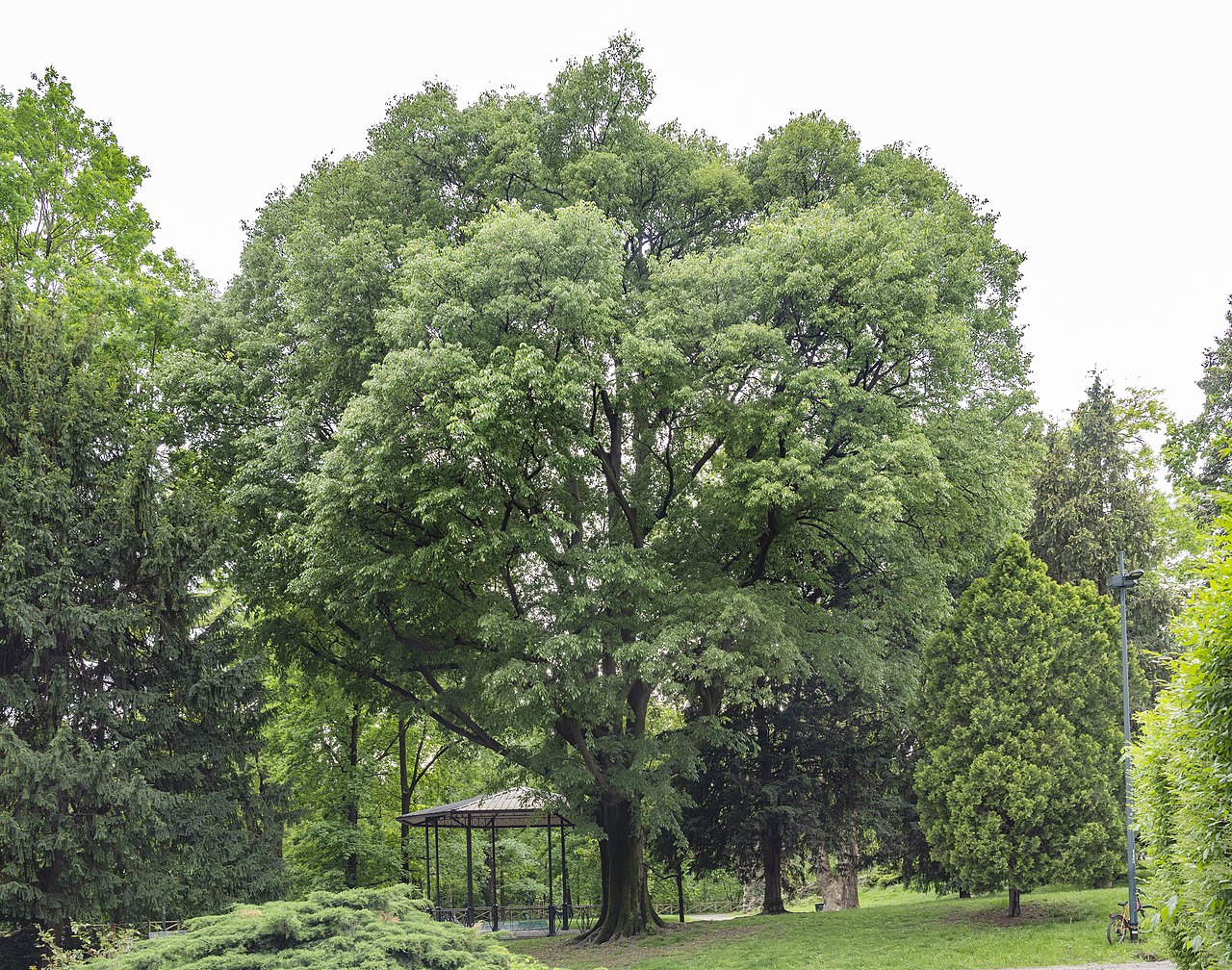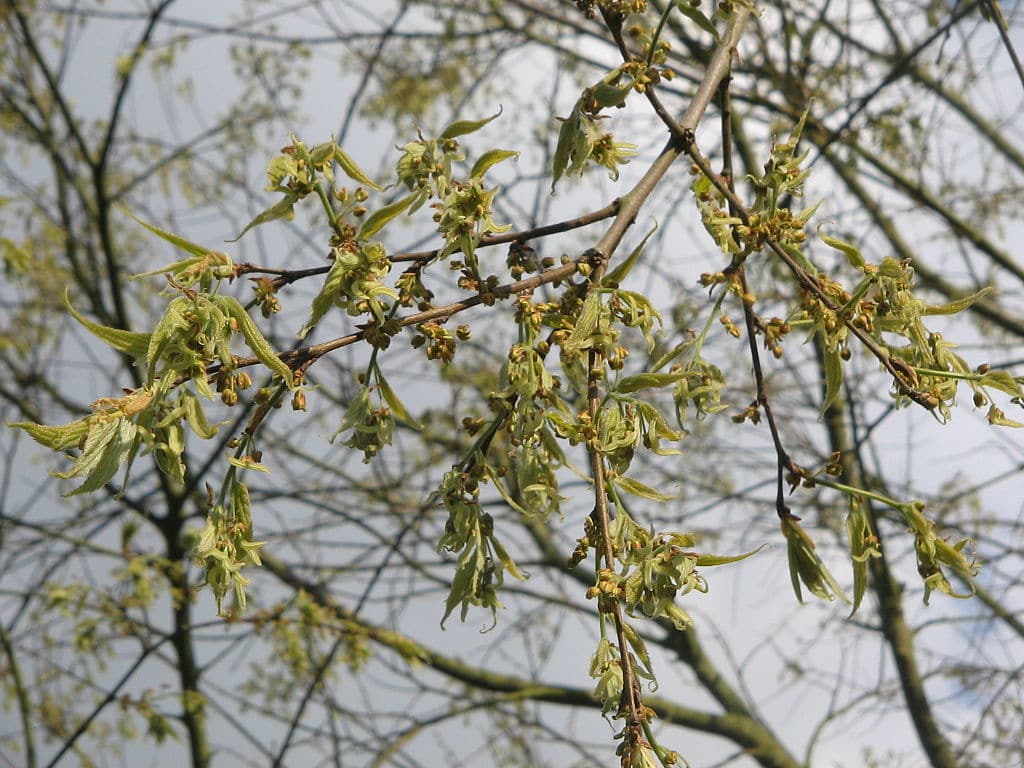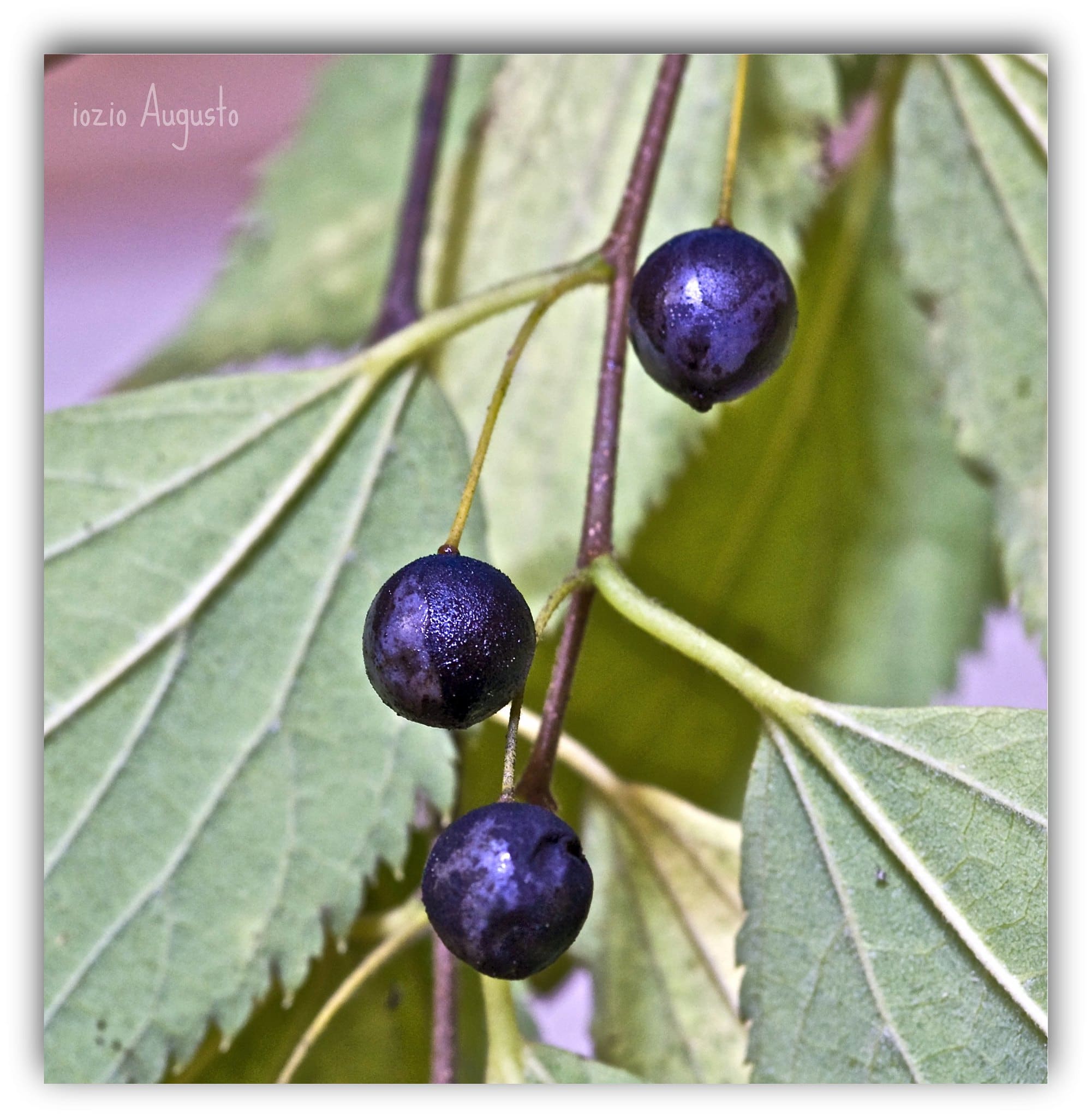
Image sourced from Wikimedia/S. Rae from Scotland, UK
El celtis australis It is a tree widely used to beautify the streets and parks of places where the climate is mild. Its rapid growth makes it reach a very interesting size in a short time. In addition, its crown is so densely covered with leaves that it provides the most pleasant shade.
If we talk about their basic needs, it is not difficult to provide them, because It is a plant that resists high temperatures, frost and even drought.
What is the origin and characteristics of the celtis australis?

Image sourced from Wikimedia/Sordelli
El celtis australis It is a deciduous tree known as almez, aligonero, ledonero, lodoño, quicavero, latonero, lodón, or lladoner in Catalan native to the Mediterranean basin and central Europe. Reaches a height of 20 to 25 meters. It has a straight trunk, with gray, smooth bark, whose diameter is about 40-50 centimeters. It branches out a few meters from the ground, forming a round crown covered by leaves 5-15 centimeters long, ovo-lanceolate, serrated, with a dark-green upper surface and a lighter underside.
Blooms in spring (between March and April in the northern hemisphere). Its flowers do not have petals, but they do have greenish-yellow sepals. The fruit, known as hackberry, hackberry or brass, is a fleshy drupe 1 centimeter in diameter, with a dark, almost black skin and a yellow interior. Inside there is a rounded seed slightly smaller than the fruit.
What uses is it given?

Image sourced from Wikimedia/Meneerke bloem
Ornamental
Hackberry is a tree that has several uses. The best known by all is the ornamental. It is much appreciated in urban gardening, but it is also an excellent garden plant. Planted as an isolated specimen it will look best, but it will also look very nice in alignments or even in groups., for example, if you want to create a more intimate corner on your land.
Medicinal
Both the leaves and the fruits have medicinal uses:
- Leaves: they are astringent, antidiarrheal and antihemorrhagic.
- green fruits: They are used as a remedy for dysentery, as well as to regulate the menstrual cycle.
Both are mixed and taken as an infusion. But I recommend consulting with a professional before starting any treatment on your own.
Culinary
The fruits are edible, being able to consume freshly picked from the tree once mature, or they can be used to prepare jams.
What are the care of the celtis australis?

Image sourced from Flickr/augusto ravagli
To have a hackberry in a garden and enjoy it properly, It is important that it be placed outside, where it receives direct sunlight, if possible all day. Its roots are not particularly aggressive, but it must be kept at a minimum distance of 6 or 7 meters from walls, pipes and paved floors.
Irrigation must be moderate. As we have mentioned, it resists drought well, but only if it has been in the ground for more than 12 months and at least 350 liters per square meter per year fall. And even so, you will appreciate receiving water an average of 2 times a week in summer and once a week the rest of the year. If you have it in a pot, watering will be more frequent: about 3-4 times in the middle of the summer season, and a little less the rest.
On the other hand, it must be said that grows well in almost all soil types, although it prefers clayey and loose ones. If you have it in a pot, the substrate to use can be the universal one that is sold in any nursery and garden store.
From the beginning of spring to the end of summer it is advisable to fertilize it, for example with mulch or compost. Anyway, if you have it in the garden this is not something that is very necessary.
It multiplies very well by seeds in spring., which are sown in spring in seed trays or pots with universal substrate placed outside. If this moist substrate is kept, they will germinate very soon, after about 7 or 15 days.
This is a tree that do not prune. He doesn't tolerate it. He heals badly and very slowly, and he doesn't always get over it. At most, you have to remove the dry, broken and very sick branches at the end of winter.
Otherwise, it resists frosts down to -18ºC, and high temperatures of up to 38-40ºC (as long as you have water at your disposal).